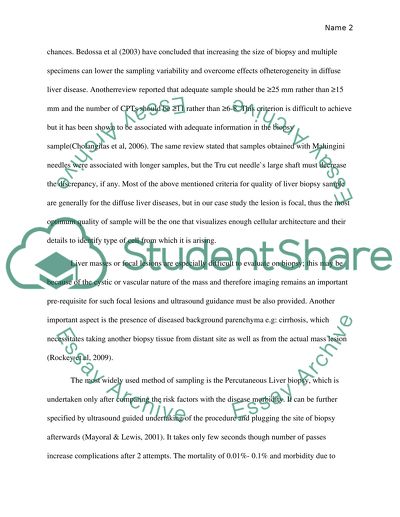Cite this document
(“Cellular and Molecular ( Pathology Case Study Assignment) Essay”, n.d.)
Cellular and Molecular ( Pathology Case Study Assignment) Essay. Retrieved from https://studentshare.org/health-sciences-medicine/1466998-cellular-and-molecular-pathology-case-study
Cellular and Molecular ( Pathology Case Study Assignment) Essay. Retrieved from https://studentshare.org/health-sciences-medicine/1466998-cellular-and-molecular-pathology-case-study
(Cellular and Molecular ( Pathology Case Study Assignment) Essay)
Cellular and Molecular ( Pathology Case Study Assignment) Essay. https://studentshare.org/health-sciences-medicine/1466998-cellular-and-molecular-pathology-case-study.
Cellular and Molecular ( Pathology Case Study Assignment) Essay. https://studentshare.org/health-sciences-medicine/1466998-cellular-and-molecular-pathology-case-study.
“Cellular and Molecular ( Pathology Case Study Assignment) Essay”, n.d. https://studentshare.org/health-sciences-medicine/1466998-cellular-and-molecular-pathology-case-study.


